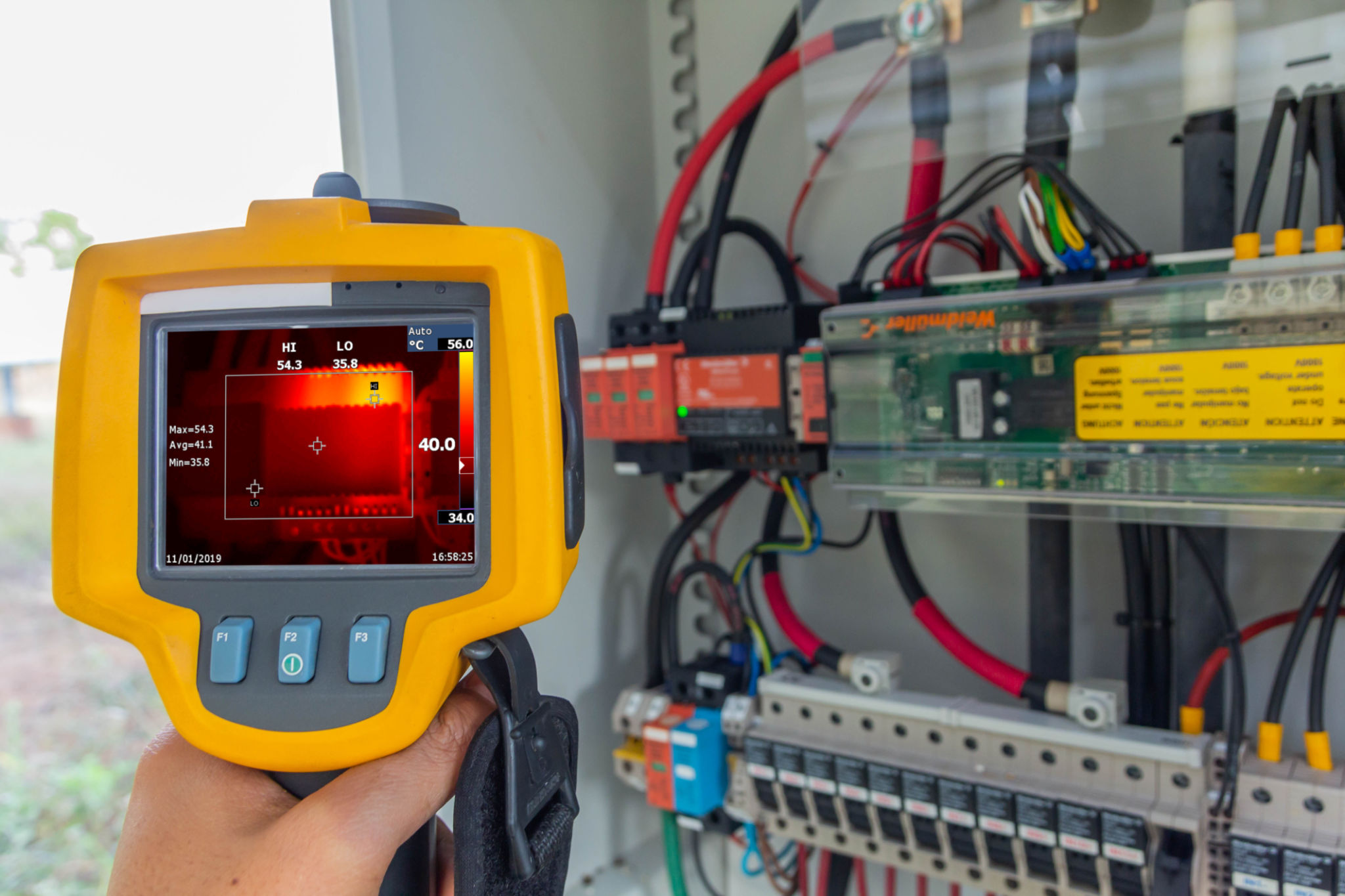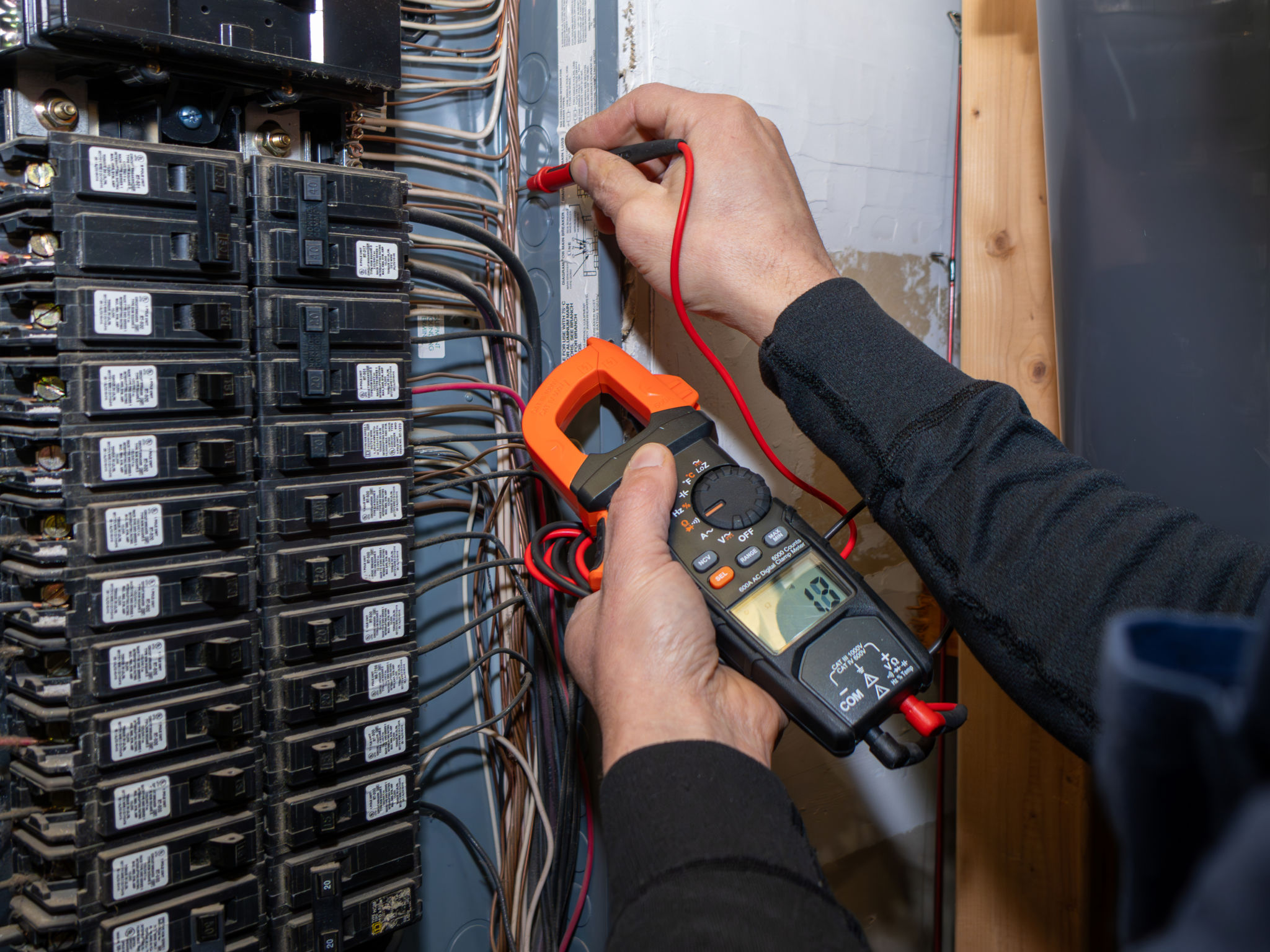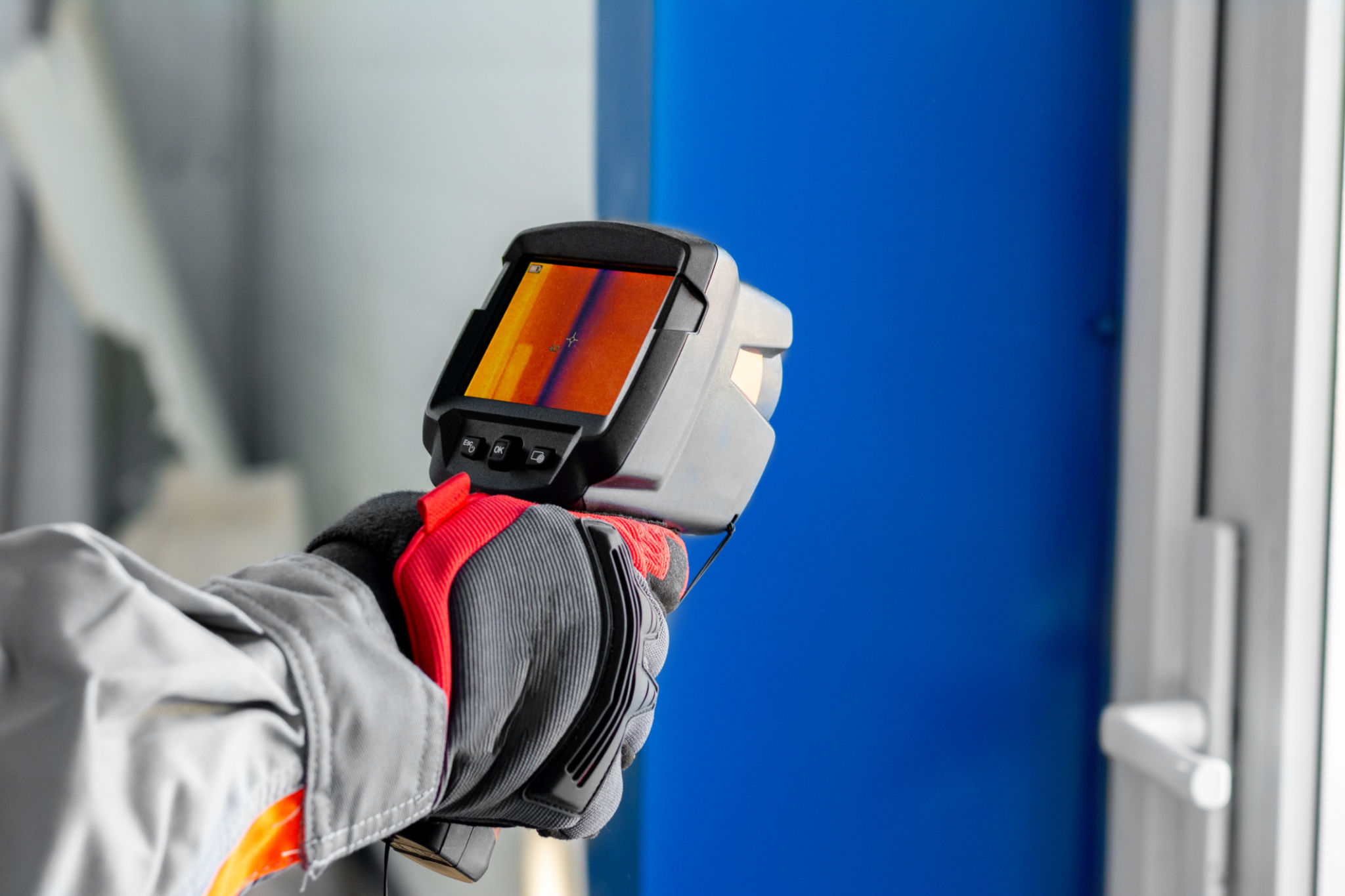Top Benefits of Using Thermal Imaging for Electrical Inspections
Understanding Thermal Imaging in Electrical Inspections
Thermal imaging, also known as infrared thermography, is a powerful technology that has revolutionized the way electrical inspections are conducted. By detecting infrared energy emitted from objects, thermal imaging cameras can visualize temperature variations, allowing inspectors to identify potential issues that are invisible to the naked eye. This non-invasive method plays a crucial role in maintaining electrical safety and efficiency.
One of the primary benefits of using thermal imaging for electrical inspections is its ability to detect problems before they escalate into serious issues. By identifying hot spots, inspectors can prevent potential equipment failures and minimize downtime, saving organizations both time and money.

Enhanced Safety and Prevention
Safety is paramount when it comes to electrical systems. Thermal imaging enhances safety by allowing inspectors to conduct assessments from a distance, reducing the risk of injury from direct contact with electrical components. This method also helps in pinpointing areas at risk of fire hazards, ensuring timely interventions to prevent catastrophic events.
Moreover, thermal imaging can be used to inspect areas that are otherwise difficult or dangerous to access. This includes high-voltage equipment, underground cables, and other challenging environments, making it an invaluable tool for comprehensive electrical inspections.
Cost Efficiency and Time Savings
Another significant advantage of thermal imaging is its cost efficiency. Traditional inspection methods often require equipment shutdowns, which can be costly and time-consuming. In contrast, thermal imaging allows for real-time inspections without interrupting operations. This not only reduces downtime but also allows businesses to continue their operations smoothly while ensuring their systems are safe and efficient.

Improved Maintenance Strategies
Thermal imaging supports proactive maintenance strategies by providing detailed insights into the condition of electrical systems. By regularly analyzing thermal images, maintenance teams can track changes over time, identifying trends that may indicate deteriorating conditions or impending failures. This data-driven approach enables targeted maintenance efforts, optimizing resources and extending equipment lifespan.
Additionally, thermal imaging can help prioritize maintenance tasks by identifying the most critical issues that require immediate attention. This ensures that resources are allocated effectively, addressing potential problems before they lead to costly repairs or replacements.
Versatility Across Industries
The versatility of thermal imaging makes it suitable for a wide range of industries, including manufacturing, utilities, and commercial facilities. Whether it's identifying faulty connections in a manufacturing plant or inspecting transformers in a power distribution network, thermal imaging provides reliable, actionable insights that enhance operational efficiency across sectors.

Conclusion
The adoption of thermal imaging for electrical inspections offers numerous benefits, from enhanced safety and prevention to cost efficiency and improved maintenance strategies. As technology continues to advance, the capabilities of thermal imaging are likely to expand even further, providing businesses with more powerful tools to ensure the safety and reliability of their electrical systems. Investing in thermal imaging technology is not just a smart decision; it's an essential step toward safeguarding your organization’s infrastructure.